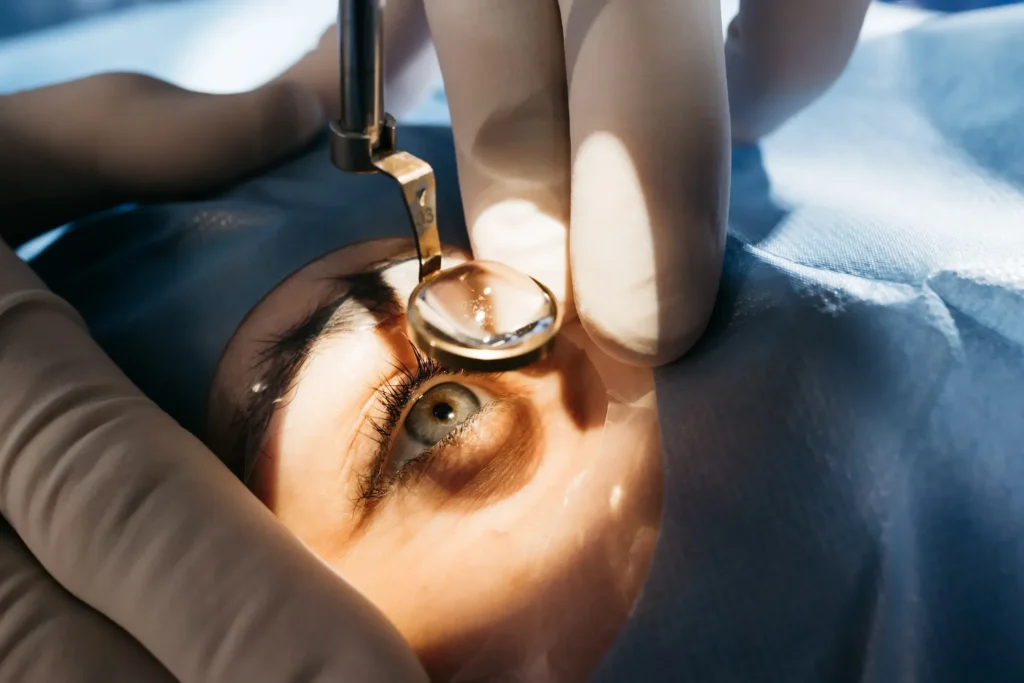Introduction
LASIK eye surgery is renowned for its precision and ability to correct refractive errors like nearsightedness, farsightedness, and astigmatism. However, one crucial factor that greatly influences the success of the procedure is the stability of your vision prescription before surgery.
Understanding what prescription stability means and why it matters will help patients prepare better for LASIK and achieve the best possible visual outcomes.
What Does Prescription Stability Mean?
Prescription stability refers to a period during which your eyeglass or contact lens prescription remains consistent without significant changes. This stability indicates that your vision has “settled,” and your eyes are no longer undergoing meaningful refractive shifts.
Why Is Prescription Stability Important Before LASIK?
1. Accurate Laser Treatment Planning
- LASIK reshapes the cornea to correct the exact refractive error measured before surgery.
- If your prescription fluctuates, the laser correction may be based on outdated or inaccurate measurements, leading to under- or over-correction.
2. Long-Term Visual Clarity
- Performing LASIK on an unstable prescription increases the chance that your vision will continue to change after surgery.
- This may necessitate enhancement procedures or return you to needing glasses or contacts sooner than expected.
3. Predictable and Reliable Results
- Stable prescriptions allow surgeons to tailor the laser precisely for your needs, increasing the likelihood of achieving 20/20 vision or better.
- It reduces the risk of unexpected side effects like glare, halos, or visual distortions.
How Long Should Your Prescription Be Stable?
- Most surgeons recommend that your prescription remains stable for at least one year prior to surgery.
- “Stable” typically means no more than a 0.50 diopter change in sphere or cylinder power during that period.
- Younger patients, especially teenagers and those in their early 20s, may need to wait longer as their eyes can still be developing.
What Causes Prescription Changes?
- Natural eye growth or aging: Especially in younger patients.
- Hormonal changes: Pregnancy, menopause, or certain medications can affect vision.
- Underlying eye conditions: Cataracts or corneal changes.
- Uncorrected vision habits: Overusing digital devices or straining eyes.
How Surgeons Assess Prescription Stability
- Surgeons review your eye prescription history and compare measurements over time.
- Multiple comprehensive eye exams are performed during the consultation process.
- Advanced diagnostic tools measure corneal thickness and topography to detect subtle changes.
What If Your Prescription Isn’t Stable?
- Your surgeon may recommend delaying LASIK until stability is achieved.
- Alternative treatments like PRK, which have a different healing process, may sometimes be considered.
- Regular monitoring and conservative management help prepare your eyes for future surgery.
Tips for Maintaining Prescription Stability Before LASIK
- Follow your eye doctor’s recommendations for vision correction and eye health.
- Protect your eyes from strain by taking breaks during screen time.
- Maintain a healthy lifestyle to support eye health, including proper nutrition and hydration.
- Avoid sudden changes in medications or lifestyle factors known to affect vision.
Conclusion
Prescription stability is a cornerstone of successful LASIK surgery. Ensuring your vision prescription has been consistent for at least a year before surgery maximizes your chances for crisp, lasting vision correction with minimal need for enhancements.
If you’re considering LASIK but your prescription has fluctuated recently, consult your ophthalmologist about the best timing and strategies to achieve optimal outcomes.




